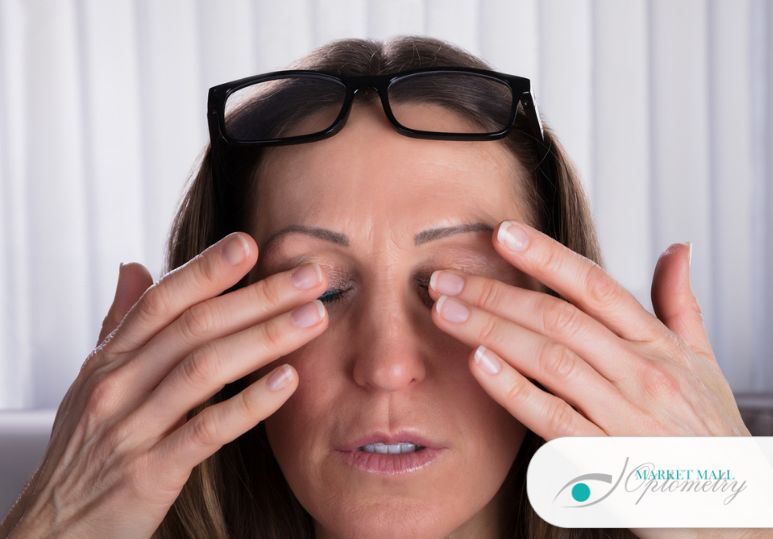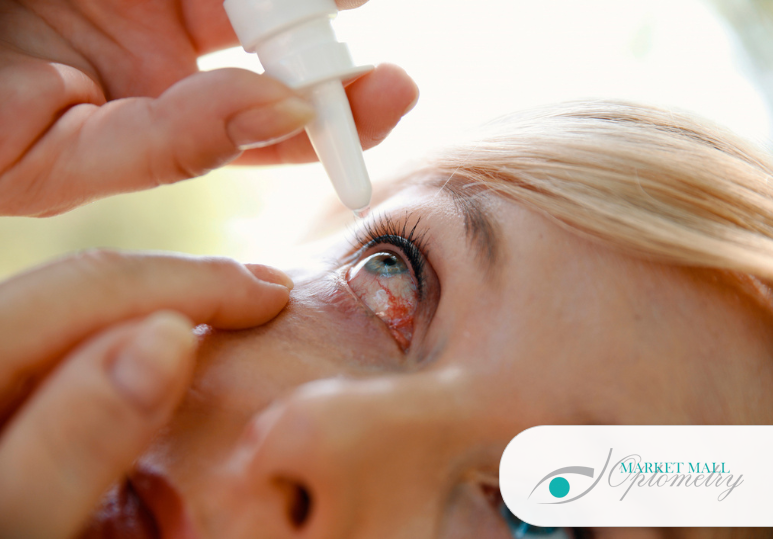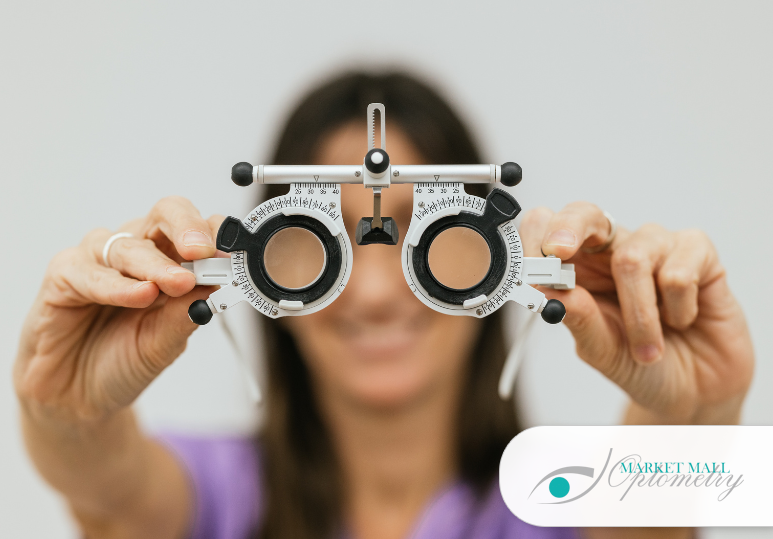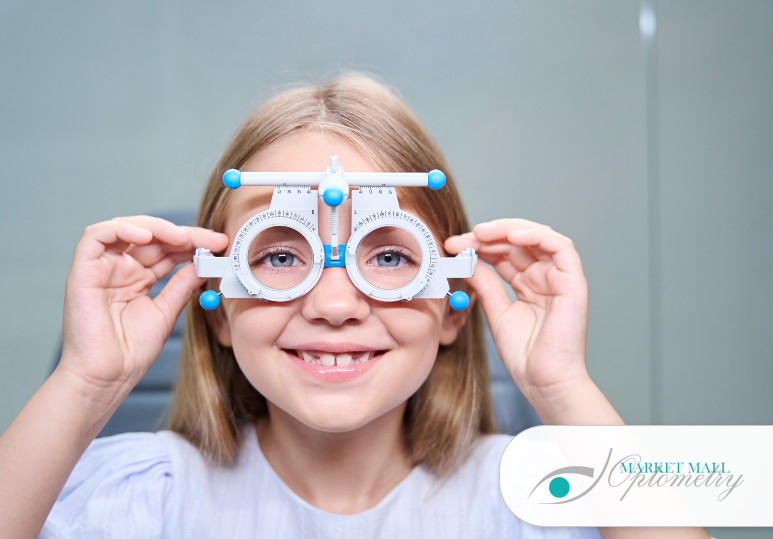Understanding Dry Eye Syndrome
Dry eyes occur when the eyes fail to produce enough tears or when tears evaporate too quickly. This can be caused by various factors such as environmental conditions (e.g., dry air, wind), aging, certain medications, and underlying medical conditions. When tears are insufficient, the eye surface lacks proper lubrication and moisture, leading to discomfort, redness, and blurry vision. Furthermore, dry eyes can weaken the eye's natural defense mechanisms, making it more vulnerable to external factors like UV radiation.
The Effects of UV Radiation
Photokeratitis, or sunburned eyes, is a condition resulting from excessive exposure to UV radiation. This can occur due to prolonged periods in the sun without adequate eye protection or exposure to artificial sources of UV radiation, such as tanning beds. UV radiation damages the cornea—the clear front surface of the eye—causing symptoms like eye pain, redness, tearing, and sensitivity to light. Interestingly, individuals with dry eyes may be at a higher risk of developing photokeratitis due to compromised eye protection mechanisms.
The Interplay between Dry Eyes and Photokeratitis
Dry eyes can contribute to the development or exacerbation of photokeratitis. Tears play a crucial role in protecting the eyes from harmful UV radiation. They help lubricate the ocular surface, remove debris, and act as a barrier against environmental factors. In individuals with dry eyes, the lack of tears compromises this protective function, leaving the cornea more vulnerable to the damaging effects of UV radiation. Moreover, individuals with dry eyes may experience increased light sensitivity and reduced blink rate, further increasing the risk of photokeratitis.
Prevention and Management
To mitigate the risk of photokeratitis and protect the eyes, individuals with dry eyes should take necessary precautions. This includes wearing sunglasses with UV protection, using wide-brimmed hats or visors, and minimizing prolonged exposure to intense sunlight. Managing dry eye symptoms through the use of artificial tears, lubricating eye drops, and addressing underlying causes can help improve tear production and reduce the risk of developing photokeratitis.
Protect Your Eye From Photokeratitis With Dry Eye Treatment At Market Mall Optometry
While dry eyes and photokeratitis may appear unrelated, they are intricately connected. Dry eyes compromise the eye's protective mechanisms, making individuals more susceptible to the harmful effects of UV radiation that cause photokeratitis. Recognizing this connection is crucial for individuals to take proactive steps in safeguarding their eye health. By managing dry eye symptoms, using protective eyewear, and practicing sun safety, individuals can reduce the risk of developing photokeratitis. If you experience symptoms of dry eyes or photokeratitis, consulting an eye care professional will provide accurate diagnosis and appropriate treatment, ensuring long-term eye health and comfort.
Dry eye symptoms can be frustrating and uncomfortable. While there is no definitive cure, it is possible to manage dry eye symptoms. If you are experiencing dry eye symptoms, it's important to talk to your eye doctor for a proper diagnosis and personalized treatment plan. By working together, you can find the right combination of strategies to help you manage your dry eye symptoms and see life comfortably again.
Market Mall Optometry can help reduce your dry eye symptoms. During an eye exam, a Calgary optometrist will determine the cause of your dry eyes and will create a symptom relief plan based on this. For comprehensive and personalized dry eye care, visit the dry eye clinic at Market Mall Optometry in NW Calgary or schedule an eye exam with one of our Calgary optometrists. You can contact Market Mall Optometry at 1-403-286-4884 or fill out the online contact form to set up an eye exam and see the world clearly again.
FAQ
Q: Can dry eyes lead to long-term damage if left untreated?
A: Yes, untreated dry eyes can potentially lead to long-term damage to the ocular surface. Without sufficient lubrication and moisture, the cornea may become susceptible to inflammation, corneal abrasions, and even corneal ulcers. Prolonged dryness can also cause discomfort, blurry vision, and increase the risk of eye infections. It is important to seek proper diagnosis and treatment to prevent potential complications and protect long-term eye health.
Q: How can I differentiate between dry eyes and photokeratitis symptoms?
A: Dry eyes and photokeratitis have some overlapping symptoms, but there are key differences. Dry eyes often manifest as a persistent gritty or foreign body sensation, itching, redness, and blurry vision. On the other hand, photokeratitis symptoms are typically acute and result from UV radiation exposure. They include eye pain, redness, tearing, light sensitivity, and a feeling of having something in the eye. If you experience severe symptoms after prolonged sun exposure, it is advisable to consult an eye care professional for an accurate diagnosis.
Q: Are there any specific measures I can take to prevent both dry eyes and photokeratitis?
A: Yes, there are preventive measures that can help protect against both dry eyes and photokeratitis. For dry eyes, you can follow the 20-20-20 rule, where every 20 minutes, you take a 20-second break to look at something 20 feet away, to reduce eye strain. Using a humidifier, avoiding smoke or dry environments, and wearing protective eyewear in windy conditions can also help. To prevent photokeratitis, wear sunglasses with UV protection, especially when spending time outdoors in bright sunlight. Applying broad-spectrum sunscreen around the eyes and wearing a wide-brimmed hat or visor for added shade can further shield the eyes from harmful UV radiation.





